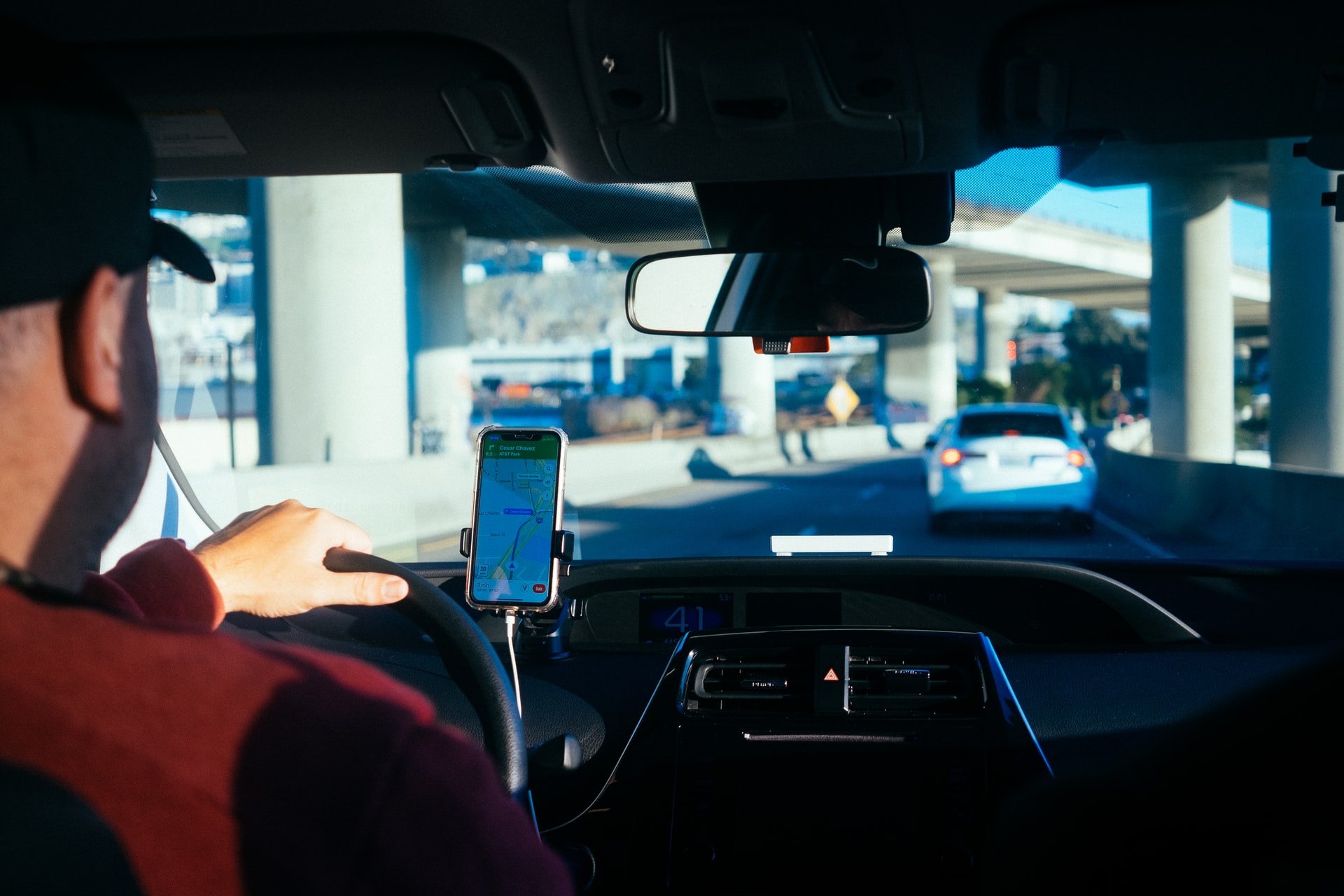Ride sharing companies have roared back to life amid plunging COVID-19 cases. Lyft recently reported strong earnings as driver shortages ease and consumer demand for transportation continues to recover. Similarly, Uber produced impressive results from their ride hailing business as well Uber Eats, their food delivery operation.
The ride sharing industry appears to have greater pricing power than ever, as customers seem largely unfazed by increasingly expensive trips and longer wait times. If prices 40% higher than pre-pandemic levels are sustainable, ride hailing companies may be finally turning a corner toward profitability.
Related Stocks: Uber Technologies, Inc. (UBER), Lyft, Inc. (LYFT), DiDi Global, Inc. (DIDI)
Ride Sharing Demand Boosts Third Quarter Results for Uber & Lyft
Being one of the hardest hit sectors during the onset of the pandemic, ride sharing platforms struggled to balance supply and demand through successive waves of the COVID-19 virus. However, Uber and Lyft, which make up 90% of the rideshare market, recently announced promising third quarter results, indicating a resurgence in demand for their services.
According to Bloomberg, Uber recorded its first-ever adjusted profit since going public, boosted by strong rider demand amid rising vaccination rates and an economic reopening. Gross mobility bookings surged 67% from a year prior, led by airport trips, which were 203% higher than the same period in 2020.
Uber’s revenue skyrocketed 72% YoY to $4.8 billion, beating analyst expectations of $4.4 billion. The company’s food delivery business, Uber Eats, helped their bottom line even as consumers returned to restaurants. Mint writes that their delivery segment jumped 50% from a year ago to $12.8 billion in bookings, yet the business has yet to turn a profit.
Lyft, Uber’s top competitor, also delivered strong results. Per CNBC, the company posted an adjusted EBITDA of $67.3 million, significantly higher than last quarter’s figure of $28.3 million. It also marks the second quarter ever that the company has posted a positive adjusted EBITDA, a trend that Lyft believes it can maintain.
Lyft‘s revenue jumped 73% YoY, which it attributes to a continued easing of COVID restrictions and the subsequent surge in ride hailing demand. The number of active riders during the third quarter was reported at 18.94 million, exceeding expectations of 19.69 million. That number is significantly greater than last year’s figures, and 2 million more than the previous quarter.
MRP previously highlighted a driver shortage plaguing both Uber and Lyft during the summer months, sending prices soaring. That deficit appears to be shrinking, partially due to the expiration of nationwide unemployment benefits in September, per the Wall Street Journal.
According to Barron’s, Lyft stated their driver supply is…
To read the complete Market Insight, current clients SIGN IN HERE For a free trial, or to subscribe and become an MRP client today, START A FREE TRIAL Once you’re logged in, you’ll also gain access to:










